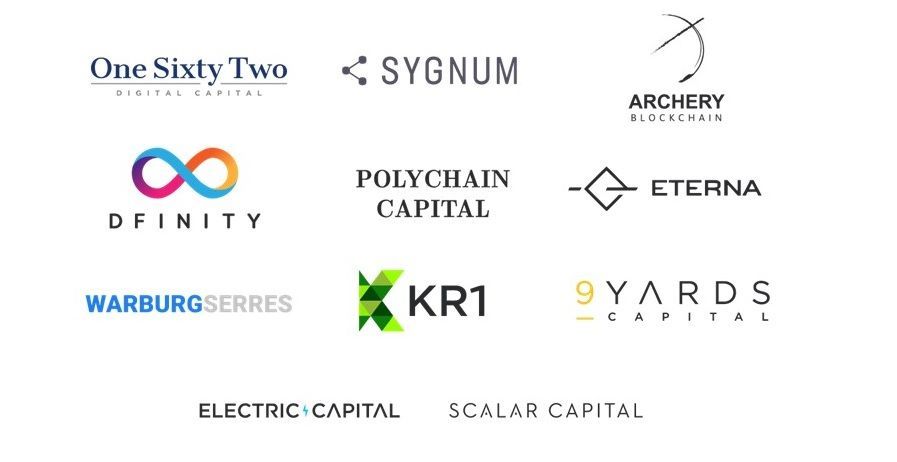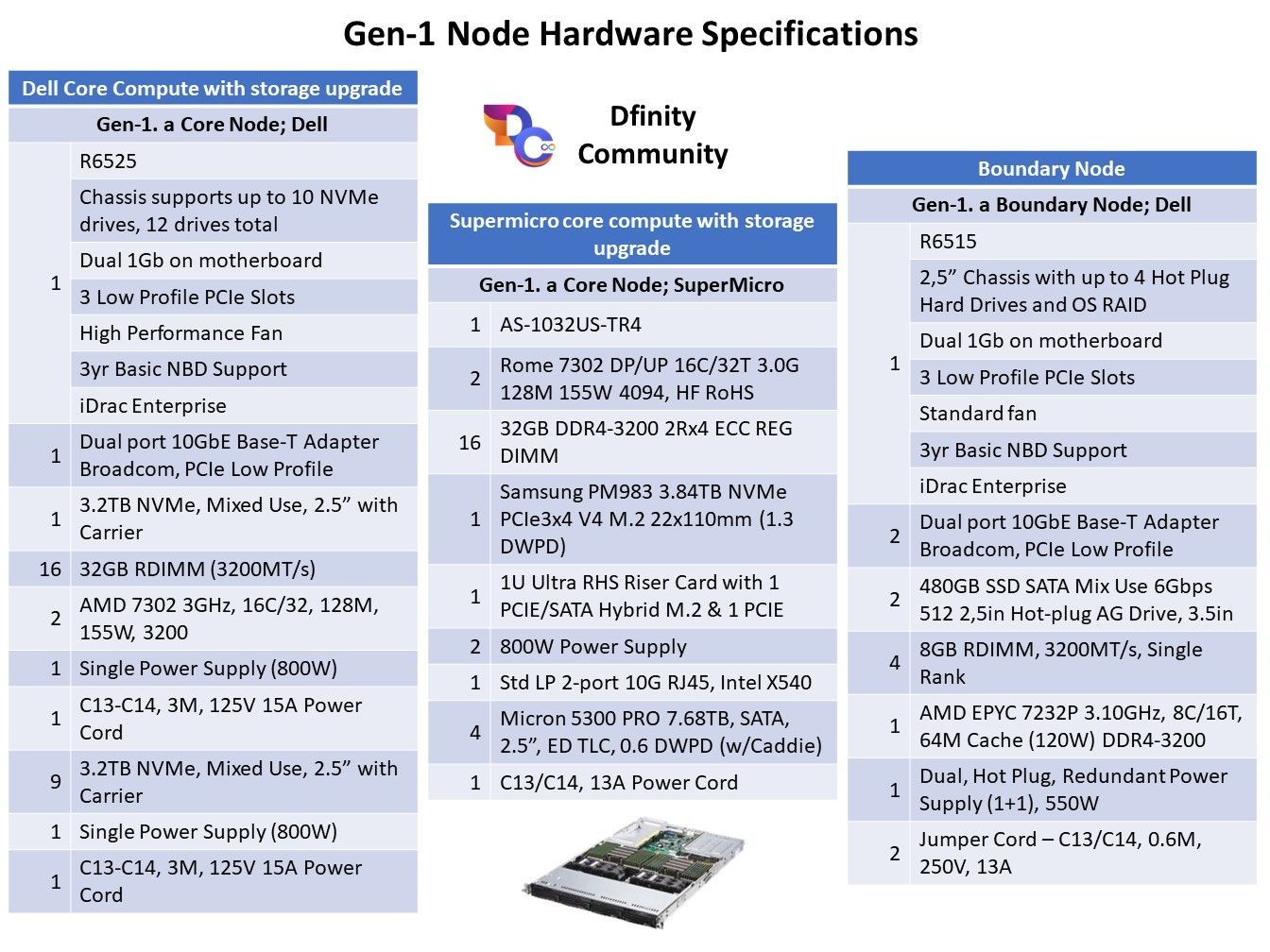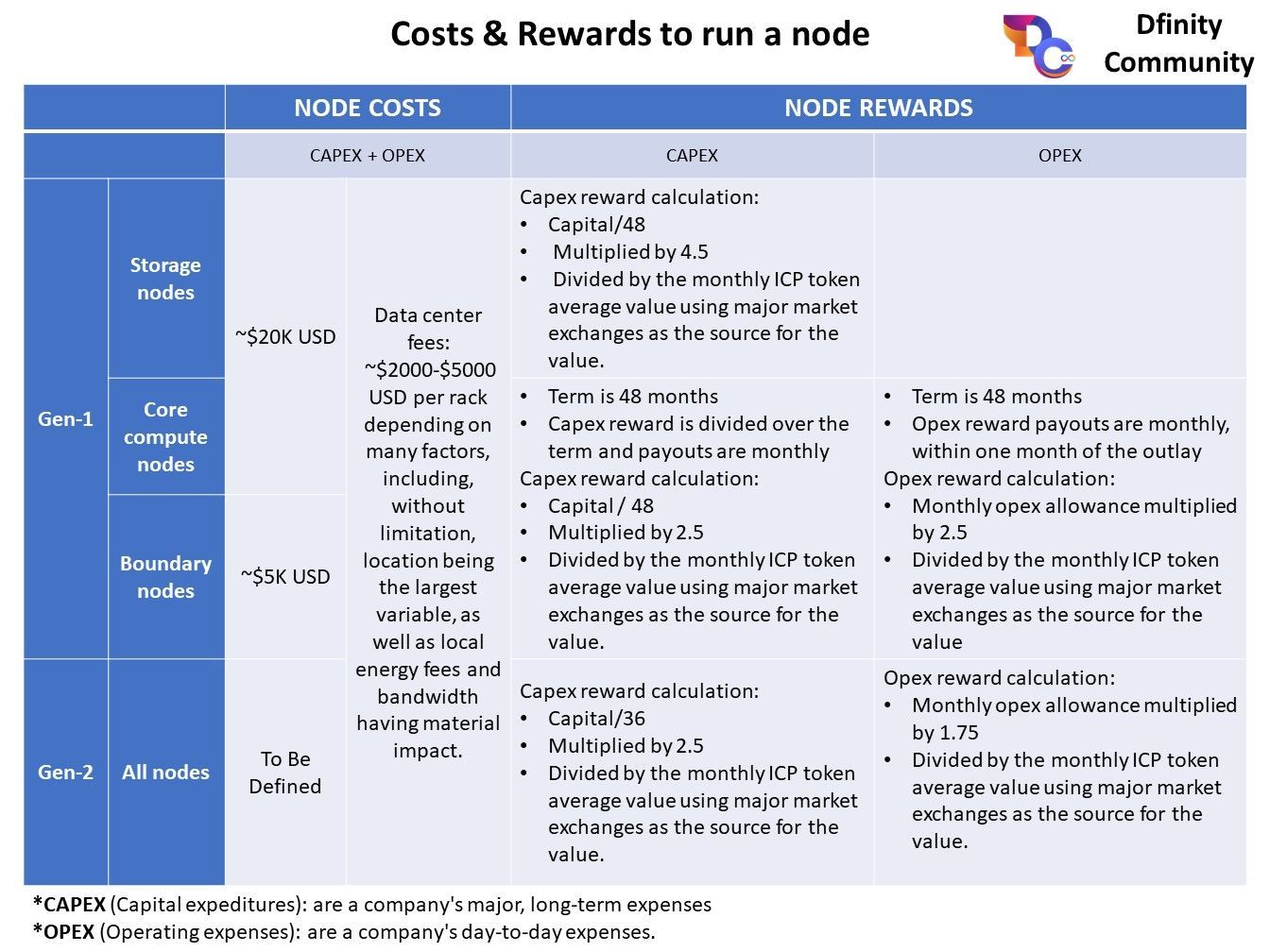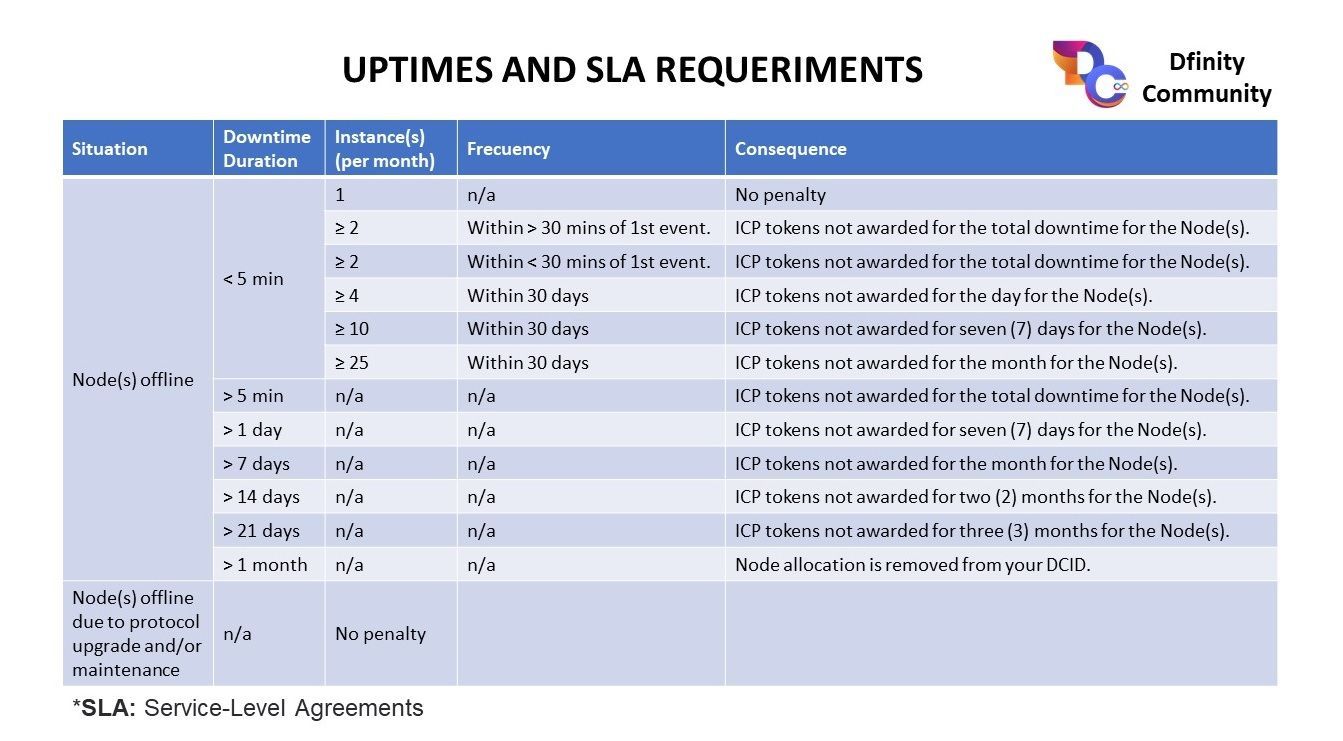The Internet Computer is a layer one blockchain that does not have the traditional mining or validating you may come to expect from blockchain projects.
The Internet Computer Protocol uses new and novel cryptography that requires independent node providers that do not require "mining."
Node Providers
1. What is a node provider?
Node providers are entities and individuals who purchase, install and operate specialized node machines in exchange for rewards from the decentralized network, paid in month cash-equivalent payments of ICP governance tokens.
Node machines are installed within independent data centers, which are under the control of the Network Nervous System (NNS).
Node Providers offer the computing power to support the rapid growth of dapps, open internet services, DeFi, pan-industry platforms, and secure enterprise systems running on the Internet Computer.

2. How can anyone become a Node Provider?
The Internet Computer Association (ICA) has implemented a queuing mechanism to manage the ongoing requests from node providers seeking to offer the capacity to the network. Node providers are queued into the system and are onboarded to optimize for the following network goals:
- Total expansion of node providers
- Geographic diversification of data centers
- Sustainability/proof of offsets
- Diversification of the corporate-owned data centers
- Diversification of the corporate fiber owned network providers
- Diversification of network pathing
The Internet Computer Protocol is constantly scaling capacity to meet the demand of developers building their applications on the network.
The Network Nervous System (NNS) scales its capacity by forming new subnet blockchains, which Chain Key Cryptography combines into a single blockchain, called the Internet Computer.
When subnets are created, new nodes will be scheduled for onboarding. In order to maintain the sovereignty of this physical layer (composed of independent nodes), the Internet Computer requires the nodes to be authorized by the community in a proposal to the NNS.
If you are interested, you can apply to be a Node Provider for the Internet Computer here.
Node Provider approval may take several weeks to process the request, purchase hardware, and make the data center selection. Hardware manufacturing is under extreme market pressure currently, compounding global shipping delays. The node procurement, deployment, and provisioning may take 2-3 months.
3. Scheduled Nodes are on their way to expand the Network
Since the Genesis launch on May 10, 2021, the Internet Computer’s infrastructure footprint has scaled up to 1,300 nodes. Moreover, after reaching its Genesis target of 1,300 nodes, the network is scheduled to induct 4,300 nodes by the end of the year and eventually millions of nodes in the coming decade.
In the following chart, you can see how node operators have been increasing over time:
Node Hardware Frequently Asked Questions
1. Can I use my own hardware to run nodes?
If the node machines that host a subnet blockchain had different capabilities, then the maximum throughput of the subnet would have to be throttled so that the slowest node machines could keep up.
This is because the Internet Computer does not pay a block reward. Instead, node machines are rewarded by the protocol in constant terms for not statistically deviating, that is, for producing the same numbers of blocks as the other nodes in a subnet (among many metrics).
Therefore, to participate economically, you need to run hardware that meets the standard specification.
The Internet Computer Protocol needs to ensure that the nodes meet the exact specifications to ensure the performance of the nodes and network. The ICA maintains a list of hardware manufactures who produce node machines meeting the current specification.
2. Hardware requirements to be a node provider
The Internet Computer has a minimum standard of technical specifications for each machine to ensure higher speeds, lower latency, and greater reliability. At the moment, there are two categories of Gen-1 Nodes:
- Core Node Machines
- Boundary Node Machines
The next iteration of nodes, Gen-2, will be specified soon. You can find specific information on node hardware specifications below:

You can consult the technical specification sheet of each of the above nodes in the following links. These files are stored in the decentralized IC Drive application, a decentralized private storage app built on the Internet Computer.
- PowerEdge 6525: Dell core compute with storage upgrade
- Server 1023US-TR4: Supermicro core compute with storage upgrade
- PowerEdge 6515: Boundary node
Node Provider Expenditure and Rewards
The Internet Computer network mints new ICP tokens to reward and incentivize those playing important roles that enable the network to function, including the provision of “node provider rewards” to those operating the node machines hosting the network.
The NNS rewards Node Providers for providing compute and storage capacity to the Internet Computer. Each Node Provider outlays capital upfront to acquire, ship, and install the equipment to provide this capacity.
To operate the equipment, each Node Provider outlays monthly expenses for data center hosting. The reward system calculates the payouts based on these outlays, understanding that these outlays are directly correlated to the capacity offered. The payouts are deducted based on the SLA availability. The rewards are scheduled over a term depending on the applicable program.

Please contact the ICA for information regarding current token rewards.
Every "correct" node machine in a subnet blockchain should be able to keep up with the others since they all perform identical processing of blocks and smart contract computation.
Problems should only occur in the following cases:
- Where nodes are using hardware that does not meet the standard specification of the "node generation" to which they belong
- If they are poorly maintained within a rack
- If the data centers hosting them have outages
- They are provided with insufficient bandwidth
- If a node provider is dishonest and changes a node's software from that which is automatically configured by the NNS, problems might also occur
In all such cases, the node is considered faulty, which is revealed through its statistically deviating telemetry. For example, a defective node might produce fewer blocks than the other nodes, which is a form of statistical deviance.
If this happens, the NNS can levy penalties on the node or node provider, even excluding one or both from the network (if a node provider were excluded from the network, then all of their nodes would drop out of the network simultaneously).
This chart shows what kind of node downtime occurs before the NNS could punish unacceptable deviation.

Note: Since a decentralized network creates the Internet Computer blockchain, no service level agreement is involved, as no coordinating legal entity is involved.
Official DFINITY Channels
Website | Twitter | Youtube | Medium | Github | Telegram | Reddit | Facebook | Instagram | LinkedIn | Forum | Discord |
Connect With Us:
Twitter | Telegram | Instagram | Facebook | Email

- Disclaimer: The views and opinions expressed on this website are solely those of the original author and other contributors. These views and opinions do not necessarily represent those of the Dfinity Community staff and/or any/all contributors to this site.


Comments are for members only. Join the conversation by subscribing 👇.